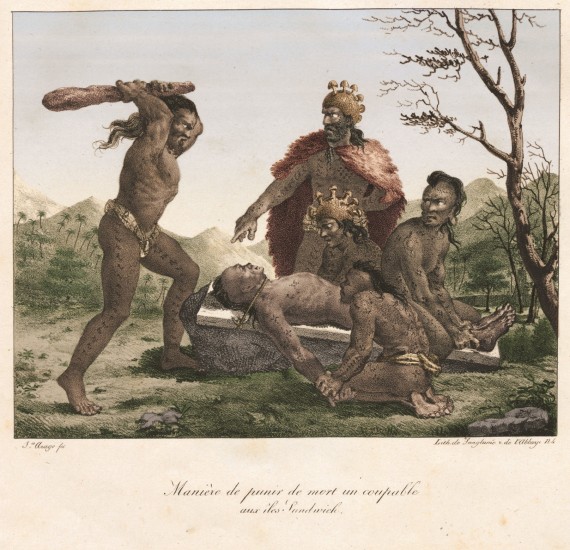-
Tips for becoming a good boxer - November 6, 2020
-
7 expert tips for making your hens night a memorable one - November 6, 2020
-
5 reasons to host your Christmas party on a cruise boat - November 6, 2020
-
What to do when you’re charged with a crime - November 6, 2020
-
Should you get one or multiple dogs? Here’s all you need to know - November 3, 2020
-
A Guide: How to Build Your Very Own Magic Mirror - February 14, 2019
-
Our Top Inspirational Baseball Stars - November 24, 2018
-
Five Tech Tools That Will Help You Turn Your Blog into a Business - November 24, 2018
-
How to Indulge on Vacation without Expanding Your Waist - November 9, 2018
-
5 Strategies for Businesses to Appeal to Today’s Increasingly Mobile-Crazed Customers - November 9, 2018
The shocking truth about human sacrifice
Ritual human sacrifice – the taking of human life for religious purposes – used to be widespread. Overall, researchers found 40 out of the 93 cultures included in the study practiced some form of ritualistic human killing.
Advertisement
This raises some key questions: how and why could something as horrifying and costly as human sacrifice have been so common in early human societies?
The more egalitarian the society, the less likely it was that a human being would be chosen to die for it; the more stratified and rigid, the more likely someone from the lower orders would be selected as a sacrificial victim, scientists from Australian and New Zealand report.
Early Austronesian people are thought to have originated in Taiwan and, as they moved south, eventually settled nearly half the globe.
As for how the sacrifices were carried out, the list includes “burning, drowning, strangulation, bludgeoning, burial, being crushed under a newly built canoe, being cut to pieces, as well as being rolled off the roof of a house and then decapitated”. Victims were typically of low social status, such as slaves, while instigators were usually of high social status, such as priests and chiefs. The researchers divided the societies into three categories- egalitarian, moderately stratified, and highly stratified.
The researchers said that about 67% had evidence showing that the highly stratified societies believed in human sacrifice.
Human sacrifice was performed in 43% of the cultures we studied. Human sacrifice also existed in 5 of 20 egalitarian societies (25%) and 17 of 46 moderately stratified societies (37%).
“By using human sacrifice to punish taboo violations, demoralise the underclass and instill fear of social elites, power elites were able to maintain and build social control”. According to co-author Russell Gray, the human sacrifice rituals provided societies with an effective tool to control people because they were linked to a ‘supernatural justification for punishment’.
Peter Turchin at the University of CT thinks the new analysis misses a broader point, because the Austronesian cultures are all relatively small, lacking the complexities of larger societies around the world.
He says that human sacrifice has totally disappeared from the region within the last few centuries, for instance, but the languages have continued to pass from parents to children in more or less the same way.
When the researchers tested these societies against different probabilistic models, they realized that human sacrifice played a pivotal role in changing societies and cultures over time.
Is it really possible that ritual human sacrifice helped bring about the social hierarchies we know in present day?
So, even though it’s clear that bigger, more stratified societies warranted more human sacrifices, it is still unclear whether that was to enforce a class system or just to show opulence to the gods.
Advertisement
“Whilst evolutionary theories of religion have focused on the functionality of prosocial and moral beliefs9, 10, our results reveal a darker link between religion and the evolution of modern hierarchical societies”. “Those who were out of favor with social elites often became the victims of human sacrifice”.




























